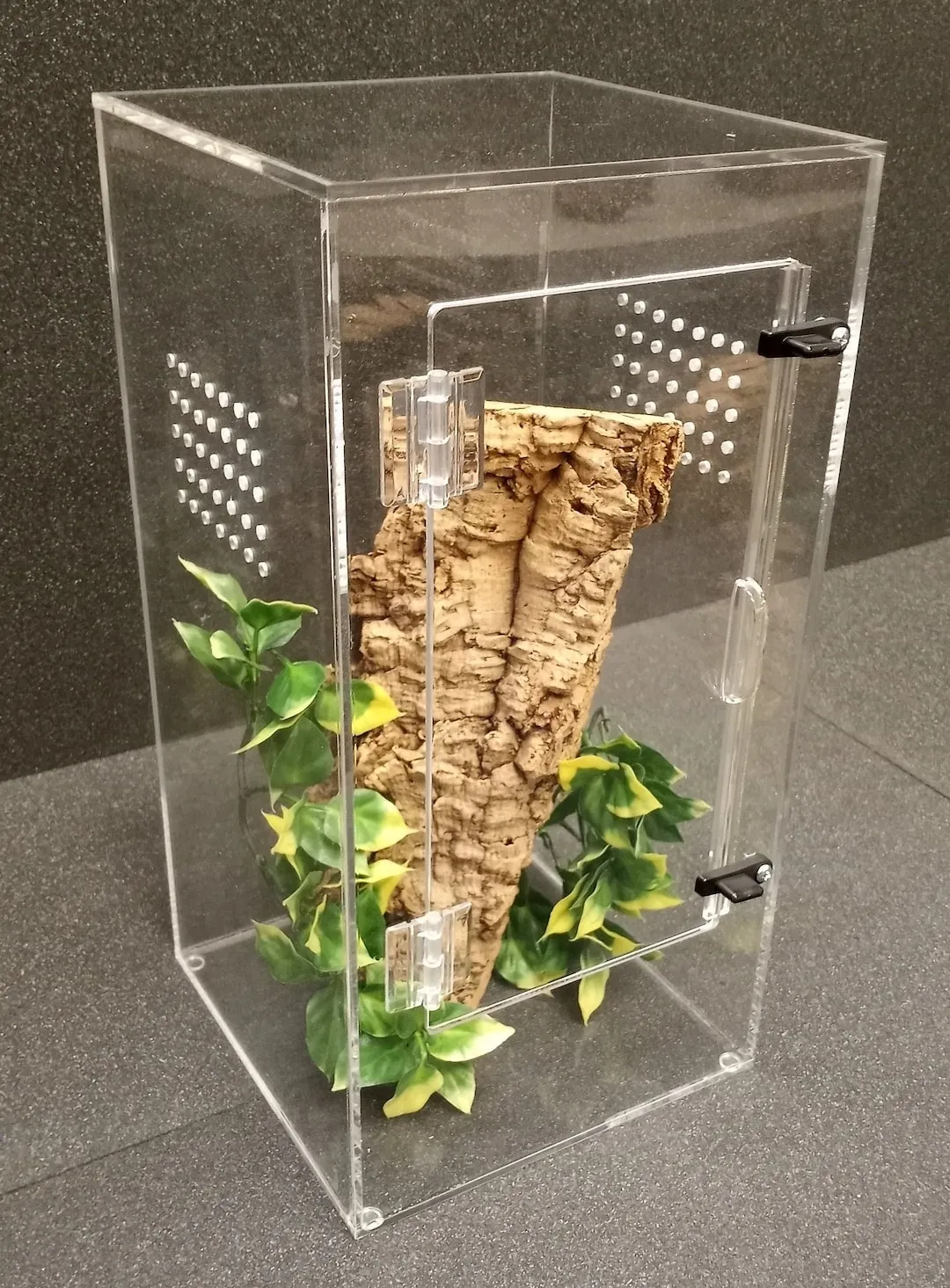Keeping your tarantula’s habitat clean is essential for their health and well-being. While a full cage cleaning is necessary periodically, spot cleaning is a crucial, regular task that helps maintain a healthy environment for your eight-legged friend. This guide will walk you through the simple steps of spot cleaning your tarantula’s cage, ensuring your pet thrives in a clean and comfortable space. Spot cleaning, unlike a complete cage overhaul, focuses on removing waste and addressing immediate concerns, making it a quick and easy part of your tarantula care routine.
Why Spot Cleaning is Crucial for Tarantula Health
Spot cleaning isn’t just about aesthetics; it’s a cornerstone of responsible tarantula ownership. Regular spot cleaning contributes significantly to the overall health and happiness of your tarantula, preventing a range of issues that can arise from a neglected habitat. By promptly addressing waste and maintaining a clean environment, you’re actively contributing to your tarantula’s long and healthy life. A clean enclosure reduces stress and the risk of disease, allowing your tarantula to thrive.
Benefits of Regular Spot Cleaning
The benefits of spot cleaning extend beyond mere cleanliness. Regular spot cleaning offers several advantages for your tarantula. It helps to keep the enclosure smelling fresh and prevents the build-up of harmful bacteria. It reduces the risk of parasitic infestations and also makes it easier to monitor your tarantula’s overall health. A clean environment allows you to observe your tarantula’s behavior and detect any potential issues early on, such as changes in appetite or activity levels, which can be indicative of underlying health problems.
Preventing Mold and Bacteria
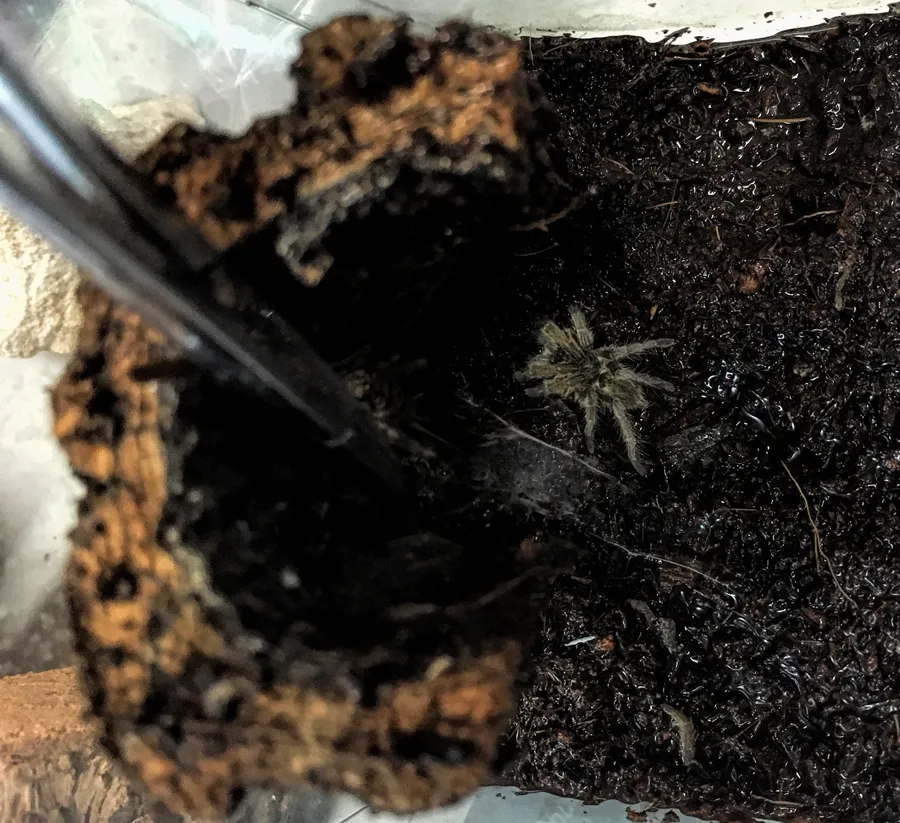
One of the primary goals of spot cleaning is to prevent the growth of mold and bacteria, which thrive in the humid environments tarantulas need. Waste products and uneaten food are breeding grounds for these harmful organisms. Regular removal of these materials minimizes the risk of contamination, which could lead to respiratory infections or other health issues for your tarantula. Spot cleaning helps to maintain a balanced and healthy ecosystem within the enclosure, ensuring your tarantula’s well-being.
Maintaining Proper Humidity Levels
While spot cleaning primarily deals with removing waste, it also indirectly contributes to maintaining proper humidity levels, which are crucial for tarantula health. Excessive waste can trap moisture, creating a humid environment that is ideal for mold and bacterial growth. By removing waste, you are helping the enclosure to maintain the correct humidity levels, thus preventing issues such as molting problems or respiratory infections. Regular spot cleaning, therefore, is a vital part of maintaining an appropriate environment for your tarantula to thrive.
Essential Supplies for Spot Cleaning a Tarantula Cage
Before you begin spot cleaning, gather the necessary supplies to make the process easy and effective. Having the right tools at your disposal will streamline the cleaning process and ensure you can maintain a clean and healthy environment for your tarantula. You’ll need to have a few items ready at hand to make the cleaning as easy as possible. The specific supplies you’ll need will vary slightly depending on the size and setup of your tarantula’s enclosure.
Cleaning Tools
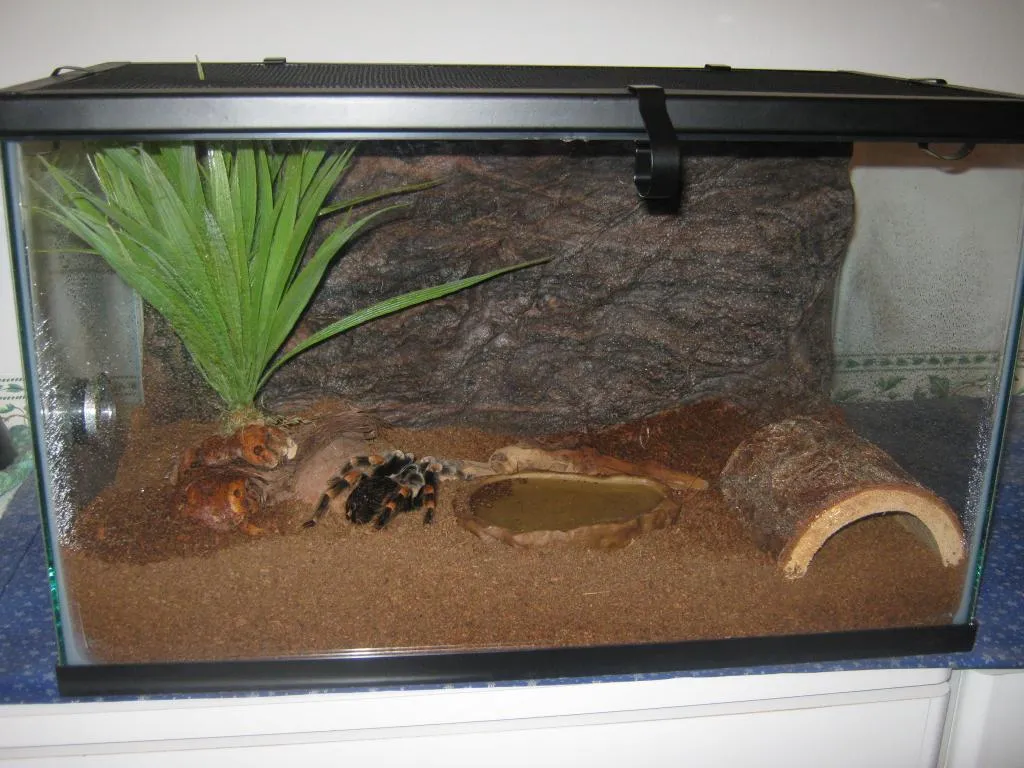
Gather essential cleaning tools, like long tweezers or tongs to remove waste without disturbing your tarantula. You’ll also need a small, disposable container or bag for waste disposal. A soft brush or a small spoon can be handy for gently removing debris from the substrate. Also have a spray bottle with dechlorinated water for misting and cleaning decorations. These tools are essential for effective and safe cleaning of the tarantula enclosure. Having these items readily available will make the task much easier and efficient.
Substrate and Waste Disposal
You will need a supply of the same substrate used in the enclosure and a disposal bag or container for removing the waste. Appropriate substrate is vital for tarantulas, providing them with a place to burrow and creating a humid environment. Always dispose of the waste properly to prevent the spread of any potential pathogens. It is important to have all necessary tools and supplies prepared prior to the beginning of the cleaning process. Choosing the right tools will prevent the tarantula from any potential harm.
Protective Gear
Always prioritize your safety when handling tarantulas. Wear gloves to protect your hands from potential irritants and any bites, although tarantulas are not generally aggressive. In addition, it’s a good idea to wear eye protection in case any substrate or debris gets kicked up during cleaning. Ensure a safe environment for you as well as the tarantula. It is highly advisable to wear protective gear at all times while working with tarantulas.
Step-by-Step Guide to Spot Cleaning a Tarantula Cage
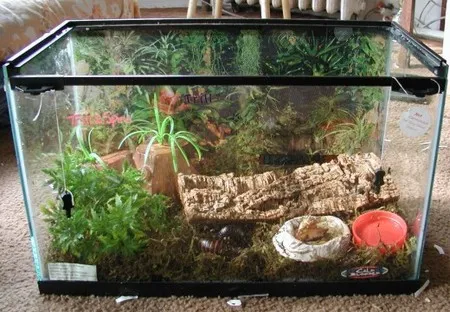
Follow this step-by-step guide to spot clean your tarantula’s cage effectively and safely. Each step is designed to minimize stress on your tarantula while ensuring the enclosure remains clean and healthy. With patience and care, you can make this a quick and straightforward process that benefits both you and your pet.
Assessing the Cage for Cleaning
Before you begin cleaning, carefully assess the cage. Observe the areas where waste tends to accumulate, such as around the water dish, in the corners of the enclosure, and near any hides. Identify any areas of concern, like excessive mold growth or substrate that looks particularly soiled. This assessment will help you focus your cleaning efforts on the most problematic areas, ensuring the cage gets the attention it needs. A careful assessment is the first step towards a thorough and efficient cleaning process.
Removing Solid Waste
Using long tweezers or tongs, gently remove any visible solid waste, such as uneaten food and fecal matter. Be careful not to disturb your tarantula or the substrate excessively. Dispose of the waste immediately in a sealed bag or container. It’s important to work slowly and deliberately to avoid startling your tarantula. Removing solid waste prevents the buildup of ammonia and other harmful byproducts, which can negatively affect the tarantula’s health. Proper waste disposal is crucial for the overall cleanliness of the enclosure.
Cleaning Water Dish and Decor
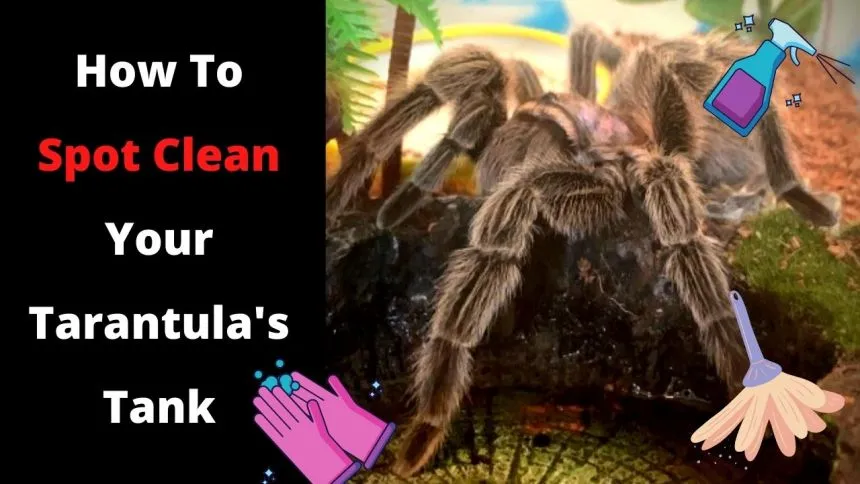
Remove the water dish and any decorations from the enclosure. Rinse the water dish thoroughly with dechlorinated water and scrub off any algae or debris. Clean decorations by rinsing them in dechlorinated water. Allow everything to dry completely before returning them to the enclosure. A clean water dish ensures that your tarantula always has access to fresh, clean water, while cleaning the decor helps maintain a healthy environment and prevents the buildup of harmful substances. Make sure all equipment is thoroughly rinsed.
Replacing Substrate
If the substrate in any particular area is heavily soiled, carefully remove it with a spoon or small scoop and replace it with fresh substrate. Avoid removing too much substrate at once, as this can disrupt the humidity levels in the enclosure. If you only have a small area of substrate to be cleaned, you don’t need to remove the entire layer of substrate, just replace the affected area. Ensuring that the substrate is fresh and clean is an important part of maintaining the overall hygiene of your tarantula’s enclosure, preventing bacterial growth and keeping your tarantula safe.
Reintroducing the Tarantula
Once you’ve completed the spot cleaning, carefully replace the decorations and the water dish. Then, gently reintroduce your tarantula back into its clean enclosure. Ensure the tarantula is comfortable and has access to water. Observe your tarantula for a while after the cleaning to ensure it is settling back in without any stress. A clean and healthy environment supports a happy and active tarantula, so keeping the enclosure clean and well-maintained is essential for your pet’s well-being.
Frequency of Spot Cleaning

The frequency of spot cleaning depends on several factors, including the size of the enclosure, the size of your tarantula, and its feeding habits. Regular monitoring and observation will help you determine the right schedule for your pet. Finding the right schedule and monitoring is important to ensure you are not over or under cleaning. Over cleaning can disrupt the environment, and under cleaning can create an unhealthy habitat.
Factors Influencing Cleaning Frequency
Larger tarantulas and those that eat more frequently will produce more waste, and therefore require more frequent spot cleaning. The type of substrate you use also plays a role; some substrates may need to be spot cleaned more often than others. Similarly, the ventilation in the enclosure can affect cleaning frequency. Keep an eye on your tarantula’s enclosure to determine how frequently you should spot clean, paying close attention to how quickly waste accumulates and how the substrate looks. The right frequency will depend on the specific needs of your pet.
Identifying Potential Issues
Regular spot cleaning allows you to identify potential issues within the enclosure. Keep an eye out for signs of mold, excessive moisture, or unusual odors. These can be indicators of underlying problems, such as insufficient ventilation or an issue with the substrate. Also, by observing your tarantula during cleaning, you can get a better sense of your tarantula’s overall health and well-being. Addressing these issues promptly will help prevent more serious problems from developing.
In conclusion, spot cleaning your tarantula’s cage is a simple but essential part of providing excellent care. By following these steps and paying attention to the needs of your pet, you can maintain a healthy, comfortable, and thriving environment for your tarantula. Regular spot cleaning helps prevent the build-up of waste, mold, and bacteria, and it also helps to keep your tarantula happy and healthy. Regular monitoring and maintenance contribute to the long-term well-being of your tarantula.
